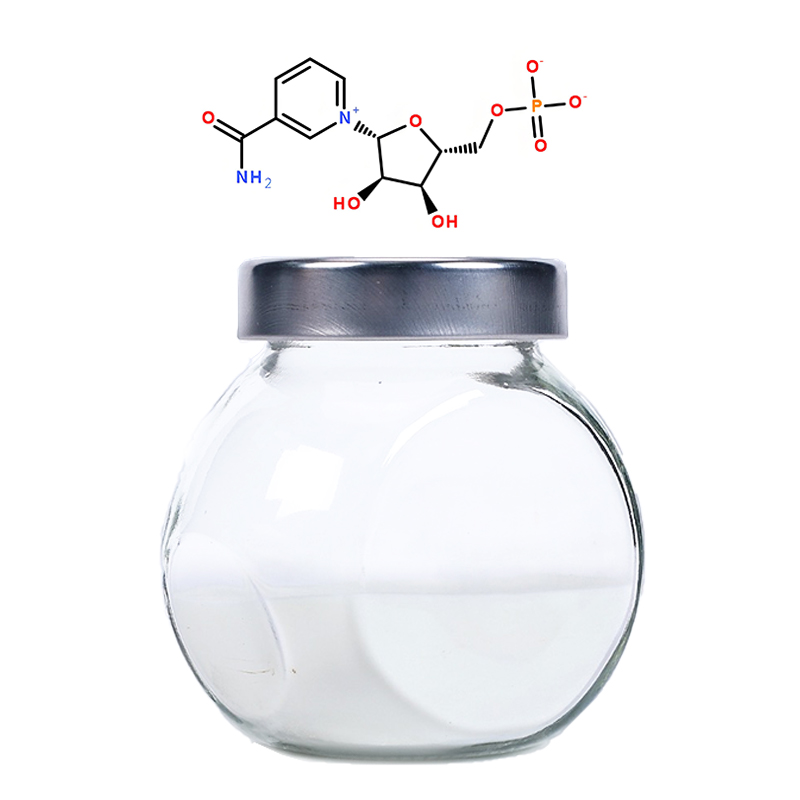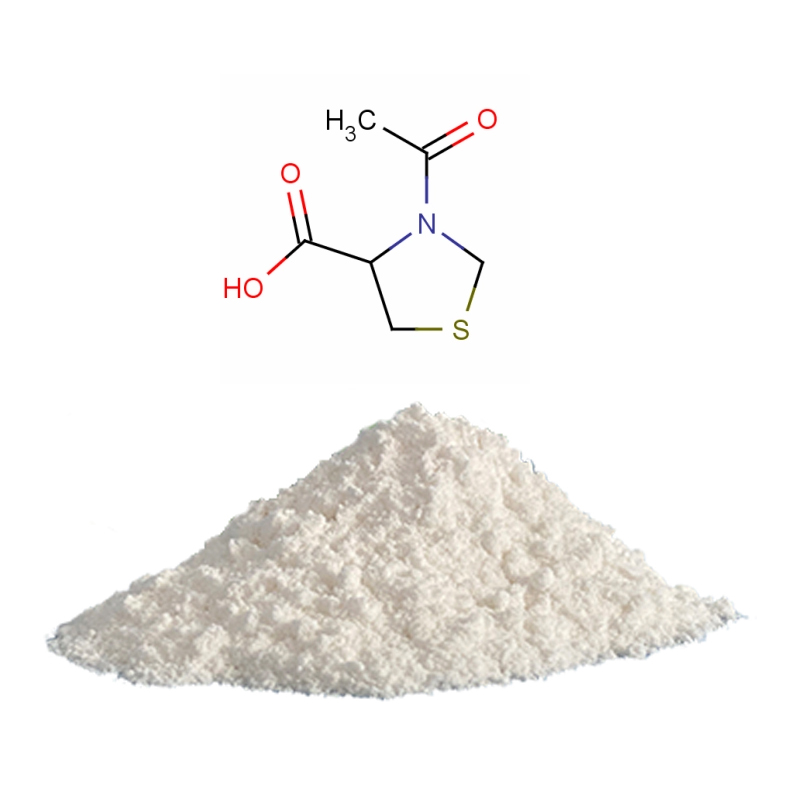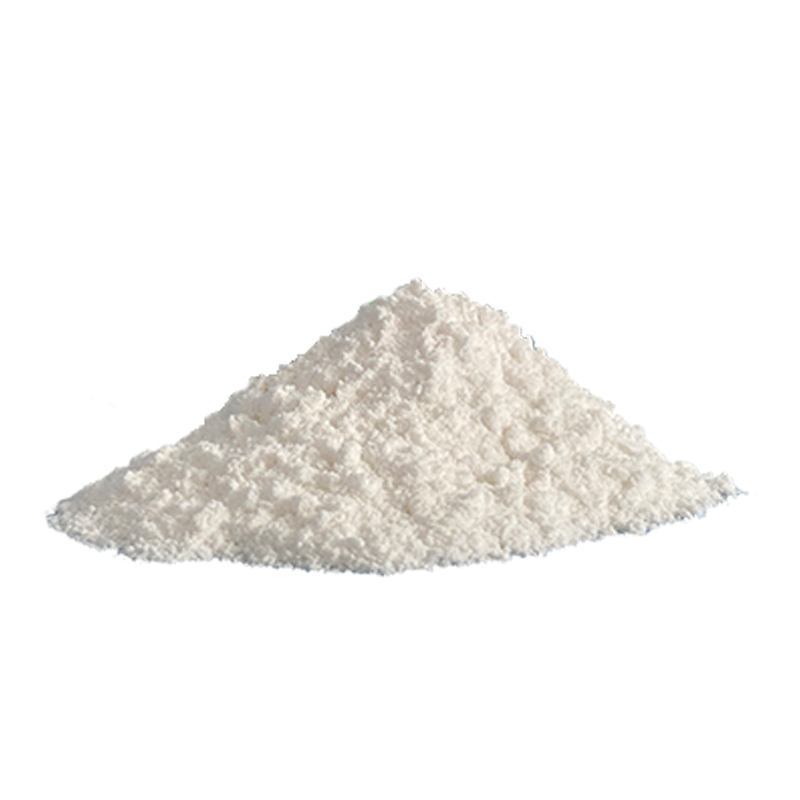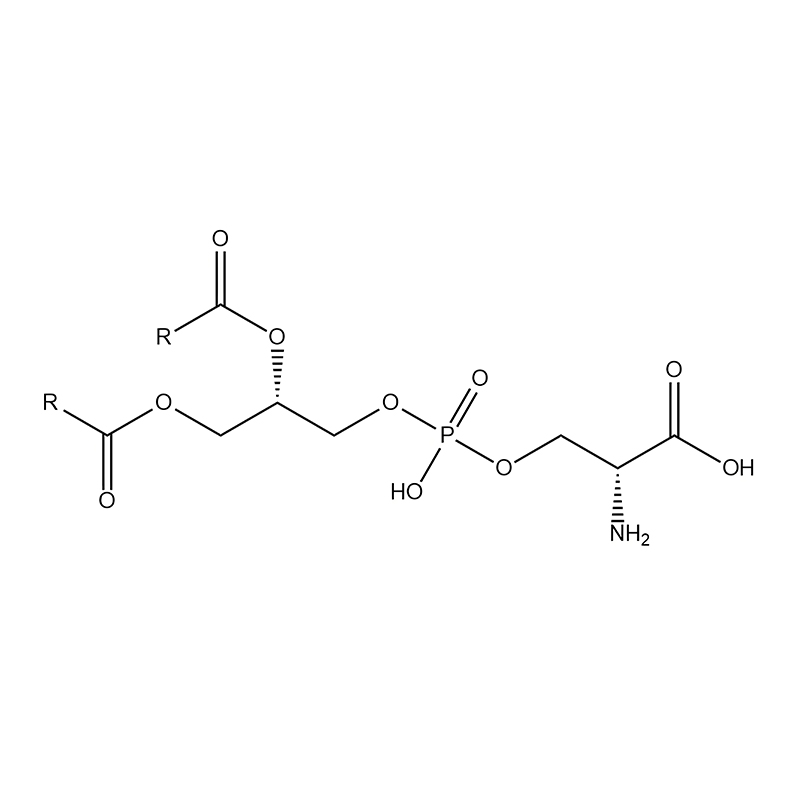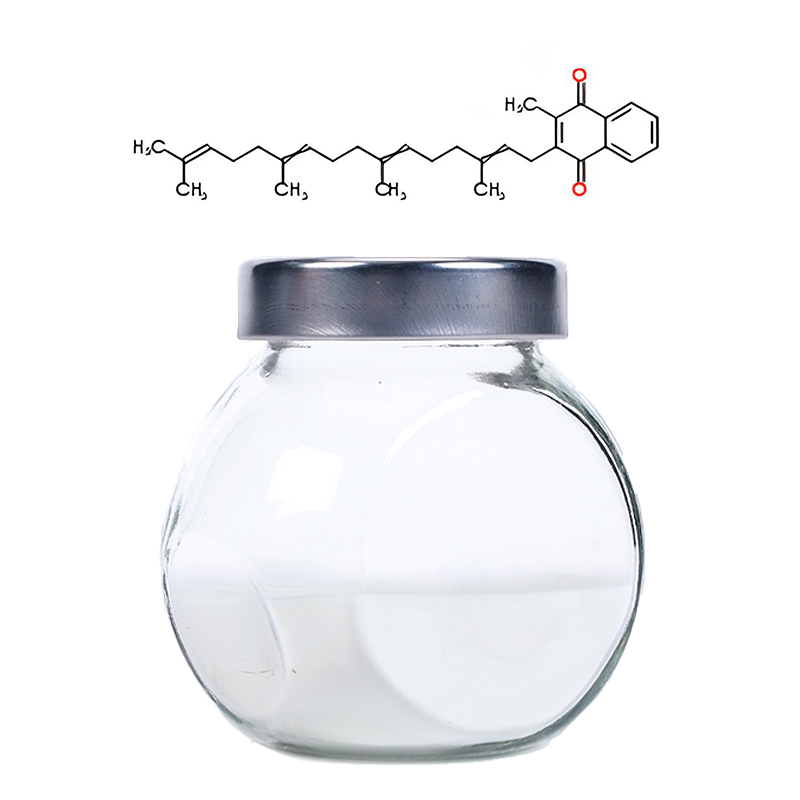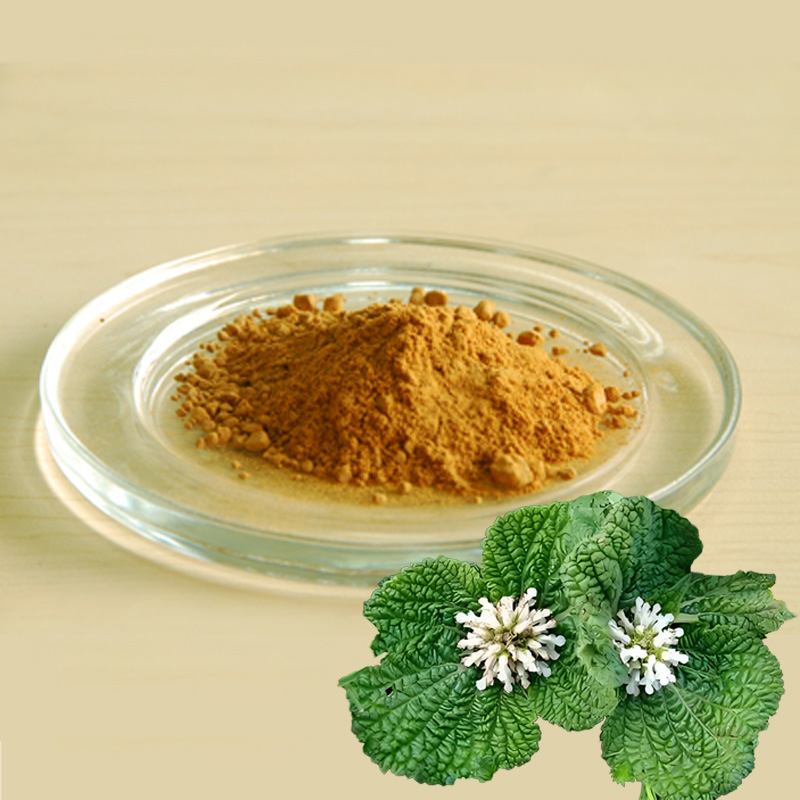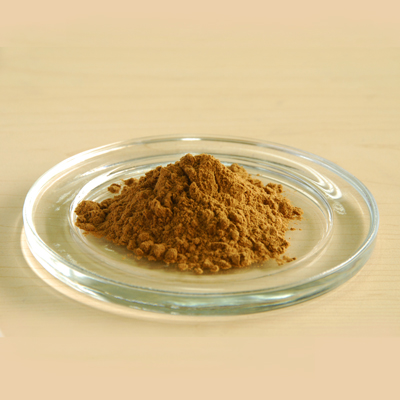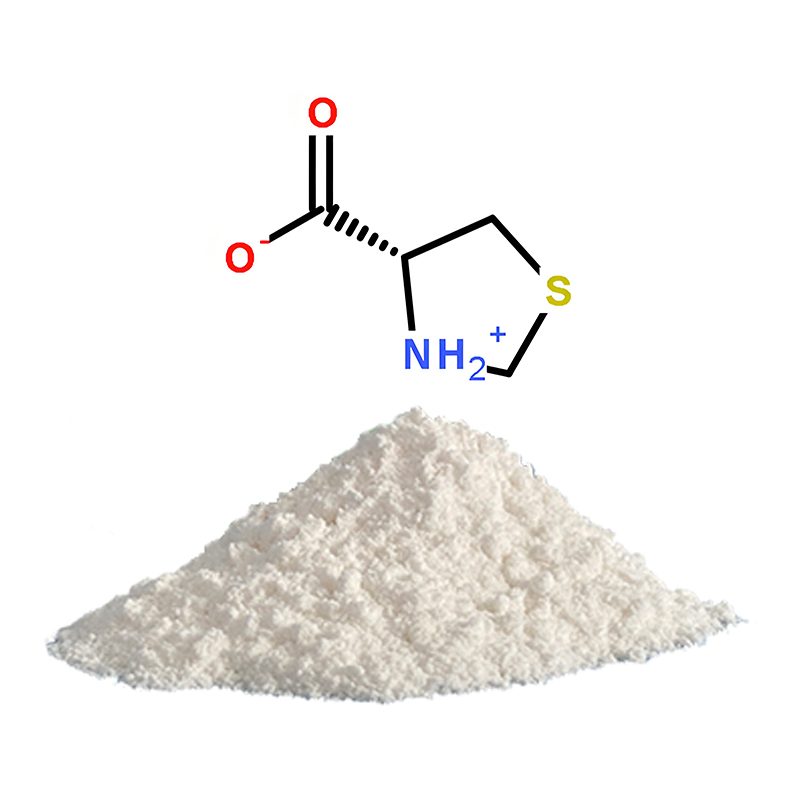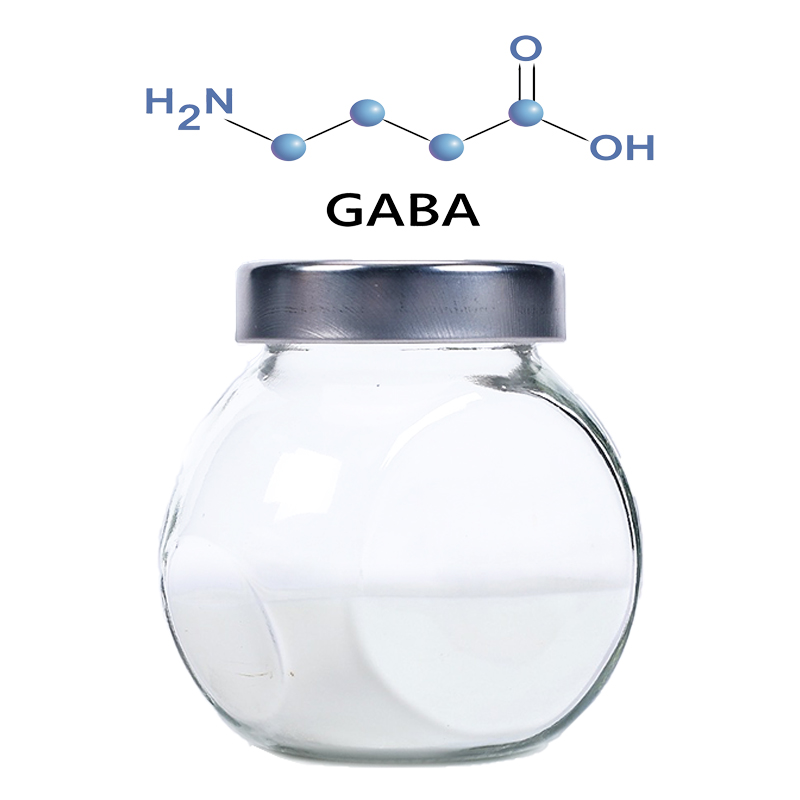
Product
-
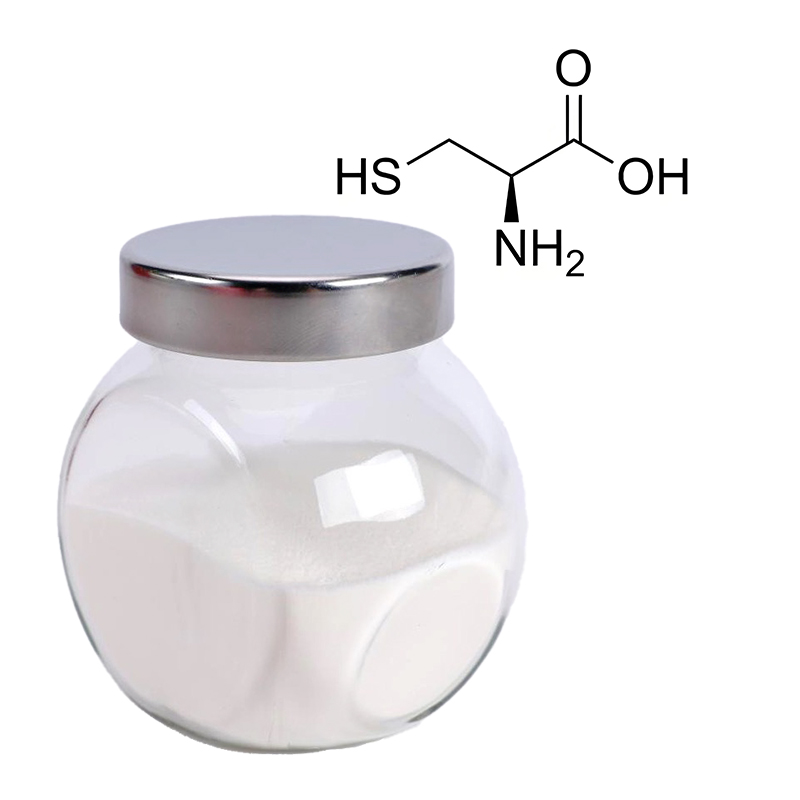
L-Cysteine HCl Monohydrate
-
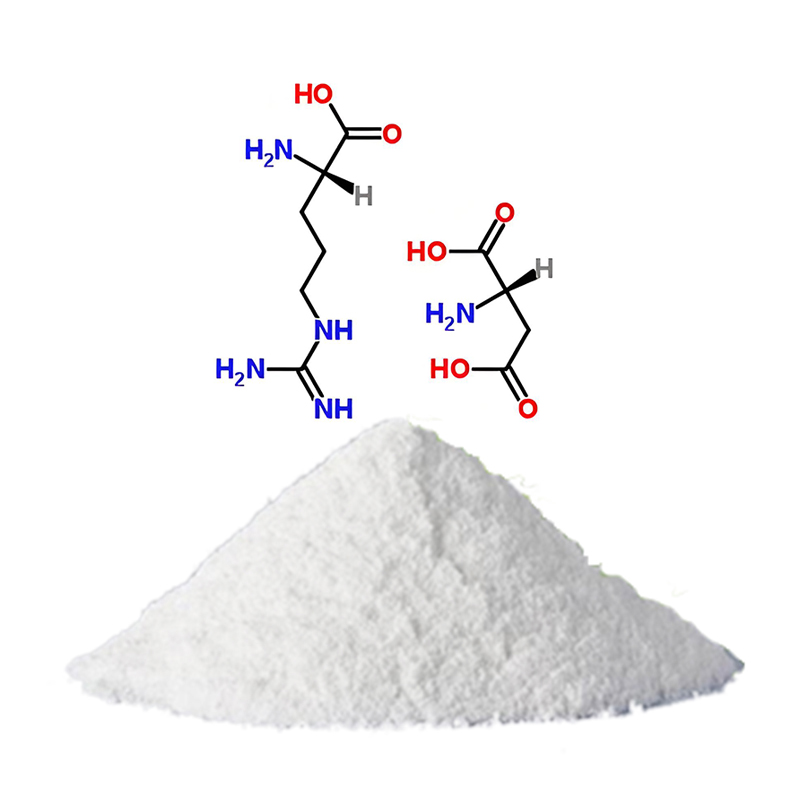
L-Arginine L-Aspartate
-

Hydroxybutyrate Salts
-
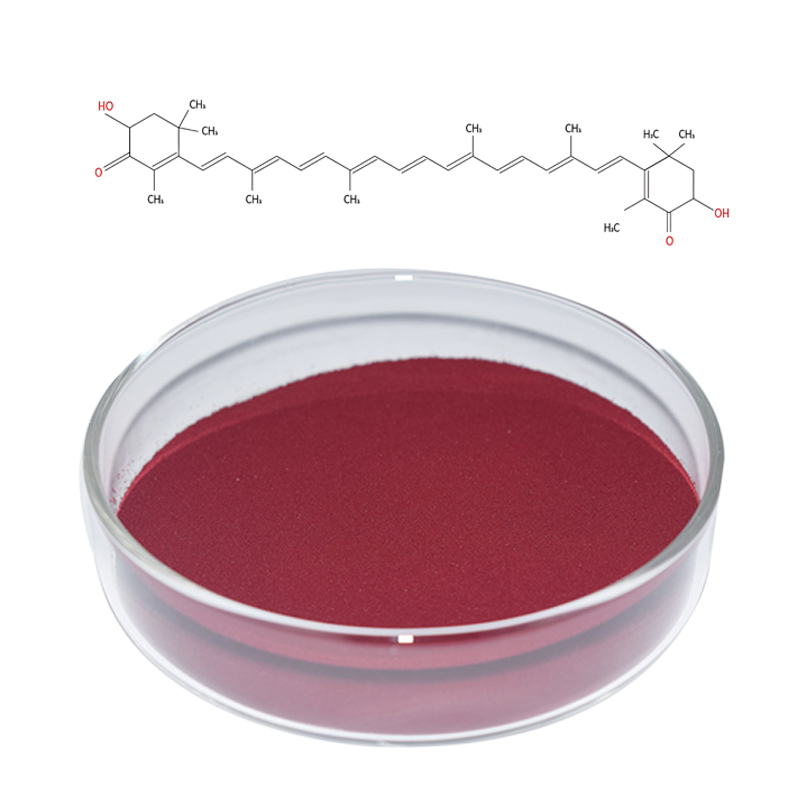
Natural Astaxanthin Powder
-
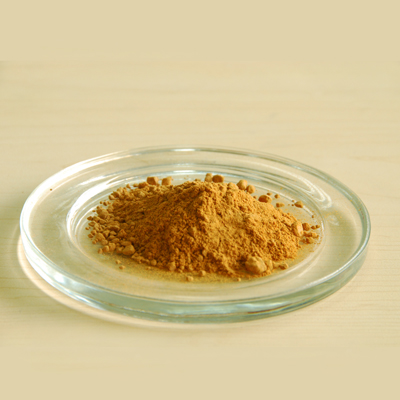
Artemisiae Scopariae Extract
-
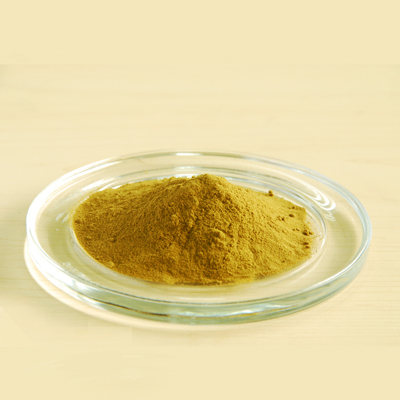
Gymnema Sylvestre Extract
-
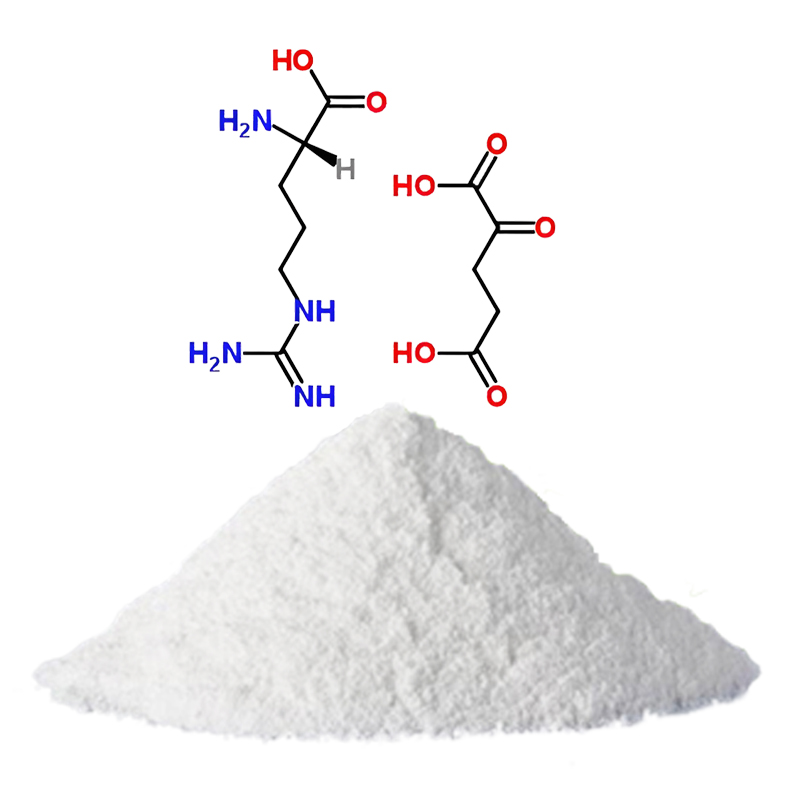
L-Arginine Alpha-Ketoglutarate (AAKG)
-

Calcium D-Saccharate Tetrahydrate
-
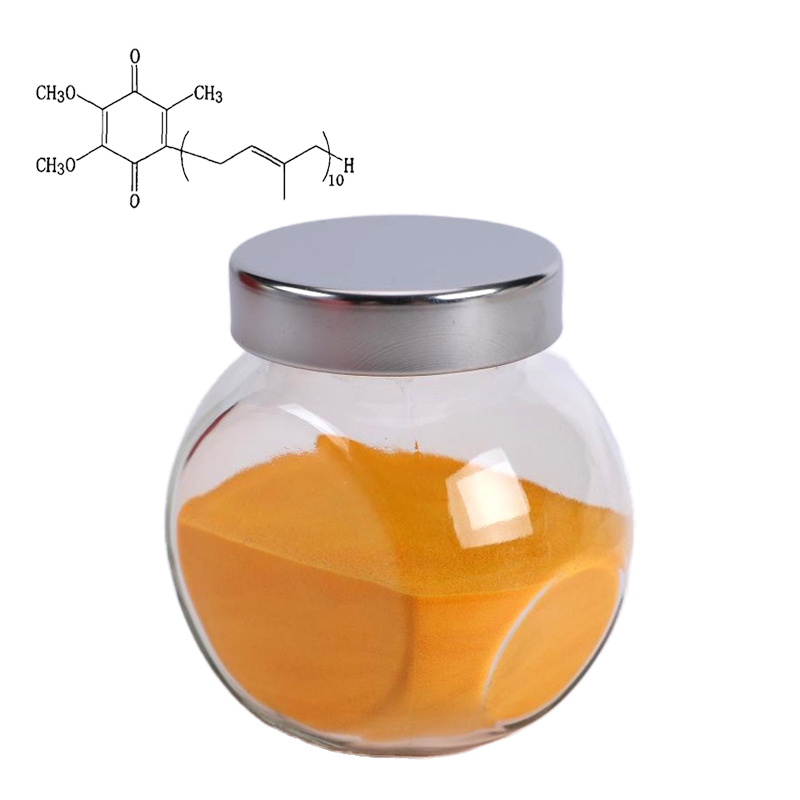
Coenzyme Q10
-
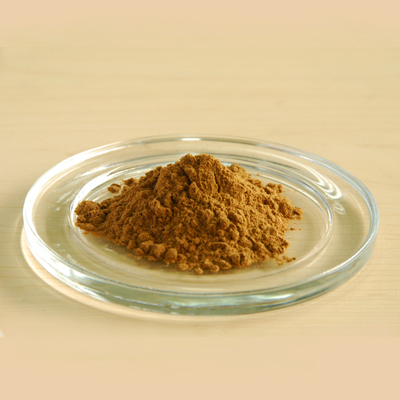
Giant Knotweed Extract
-

Passiflora incarnata Extract
-
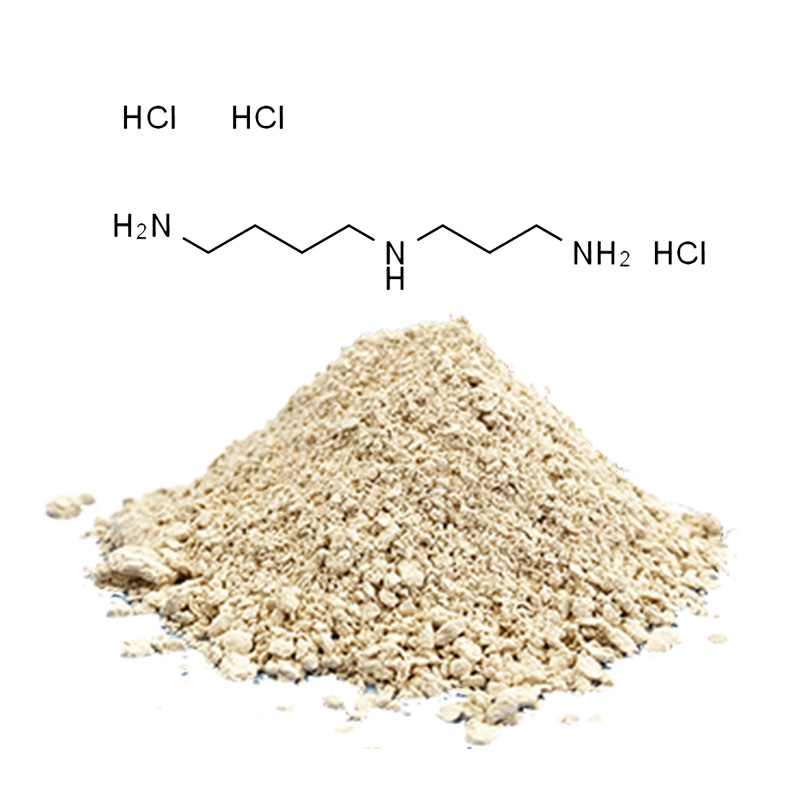
Spermidine Hydrochloride
-
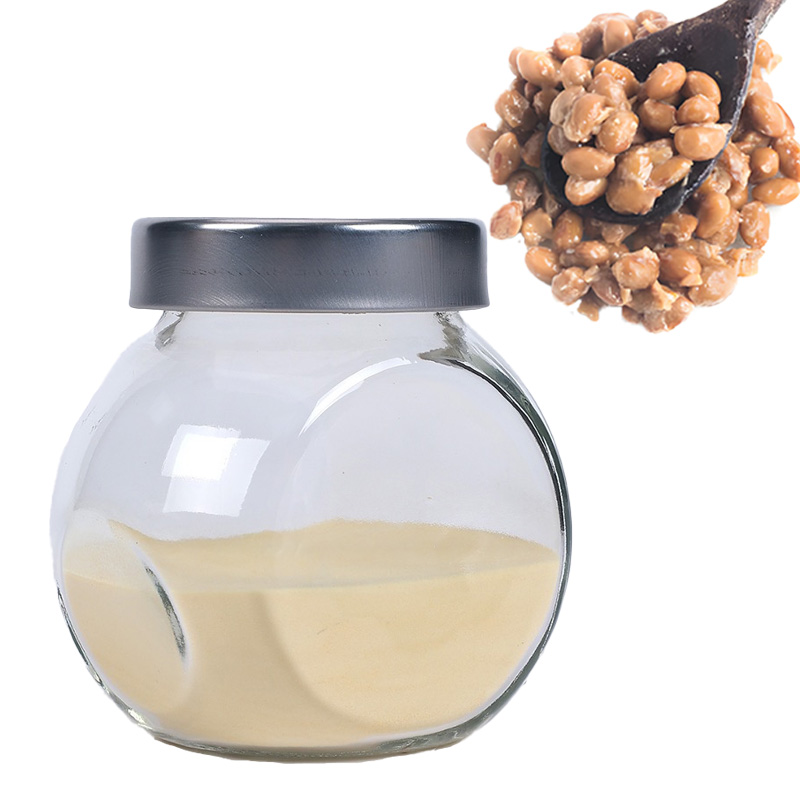
Nattokinase
-
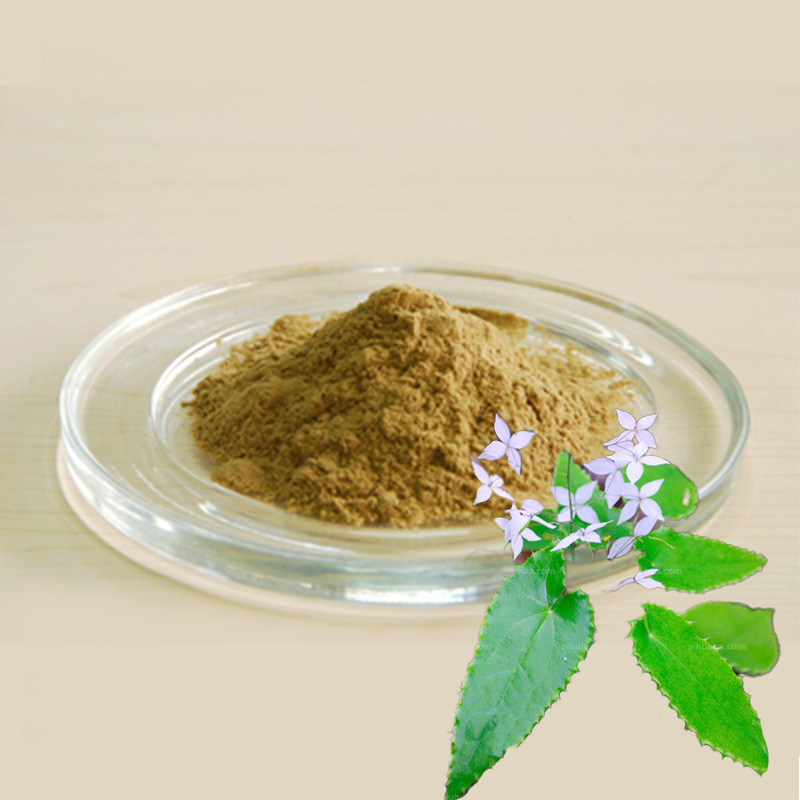
Epimedium Extract
-
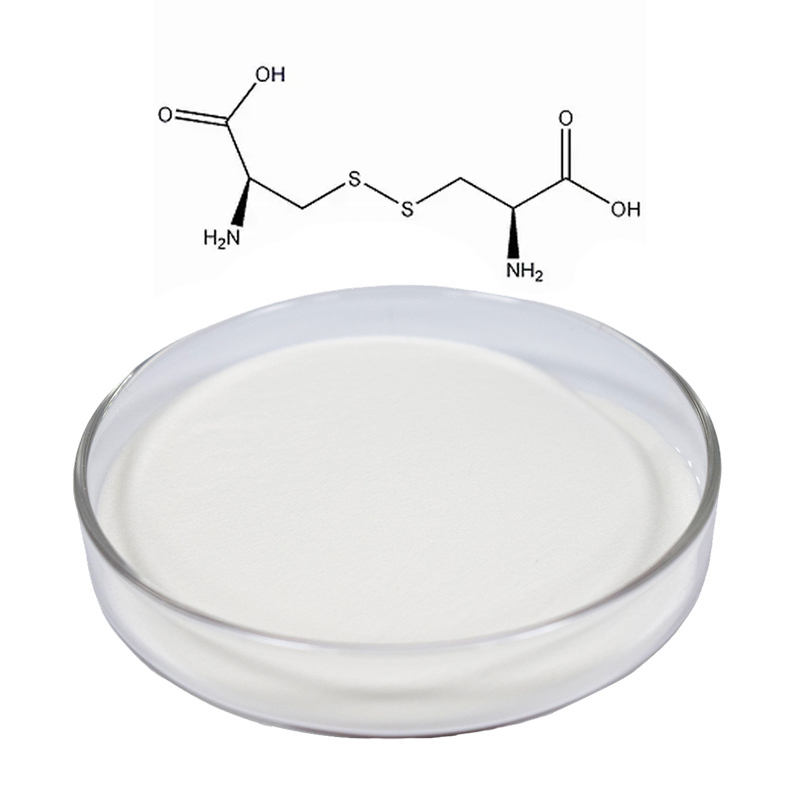
L-Cystine
-

N-Acetyl-L-Methionine
N-Acetyl Thioproline
Synonyms: Folcisteine, Bàn yè sù
CAS Number: 5025-82-1
Purity: 98.5% – 101.0% by HPLC
Описание
маркер
N-Acetyl Thioproline
Synonyms: Folcisteine, Bàn yè sù
CAS Number: 5025-82-1
Purity: 98.5% - 101.0% by HPLC
-
1.Chemical Structure and Composition
N-Acetyl Thioproline (NATCA), also known as Folcisteine or 半叶素, is a sulfur-containing compound derived from thioproline, a proline derivative. This molecule is designed to contain an acetyl group attached to the nitrogen atom of the proline structure, enhancing its chemical stability and bioactivity. The molecular formula for N-Acetyl Thioproline is C₆H₉NO₃S, with a molecular weight of approximately 175.21 g/mol.
2.Functional ApplicationsN-Acetyl Thioproline has multiple biological and pharmacological uses:
- Plant Growth Regulator:
NATCA, under the trade name Folcisteine, is widely used as a plant growth regulator. It plays an important role in improving crop yields and promoting plant development by enhancing root formation and increasing plant stress resistance. - Cardioprotective Agent:
As a cardioprotective drug, N-Acetyl Thioproline has shown promising effects in protecting against myocardial ischemia. Studies suggest that Folcisteineimproves coronary blood flow and reduces the damage caused by reduced oxygen supply to the heart. The drug exhibits significant efficacy in preventing heart damage in conditions of ischemic injury, acting as a shield for myocardial tissues.
-
3.Mechanism of Action in Cardioprotection
N-Acetyl Thioproline (Folcisteine) exerts its cardioprotective effects through the following mechanisms:
- Antioxidant Properties:NATCA acts as an antioxidant, scavenging free radicals that contribute to oxidative stress during ischemic events. This reduces cellular damage and promotes better healing of damaged heart tissue.
- Improved Coronary Blood Flow:The drug has been observed to improve coronary circulation, which is vital during periods of ischemia when blood flow to the heart muscle is restricted.
- Anti-inflammatory Effects:N-Acetyl Thioproline reduces inflammatory responses that contribute to myocardial injury, further supporting heart tissue during recovery from ischemic episodes.









